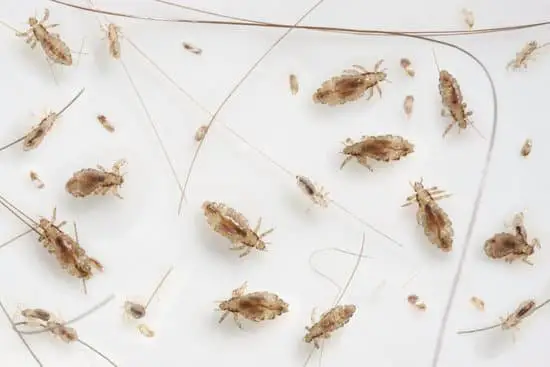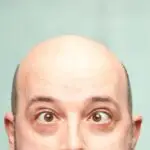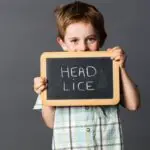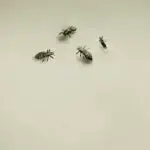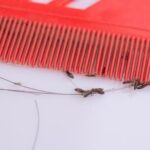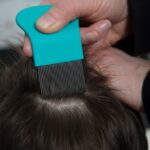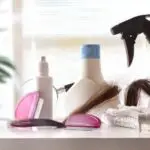Are Head Lice Bad?
Head lice, also known as pediculosis, are most often transmitted from person to person through head-to-head contact. These parasites can be treated with over-the-counter or prescription medication, although resistance to treatment is becoming more common. The most common symptom of an infestation is itching. This is due to the allergic reaction of the scalp to the lice saliva. Some people are extremely sensitive, while others develop a tolerance over time. In some cases, a person doesn’t even notice they’re infested until up to 6 weeks later.
The most important step in treating head lice is to change pillowcases and clothes, and notify those you have had head-to-head contact with. If the infestation is small, you won’t need to treat the entire family, although you should call your doctor for advice. You should also wash the pillows and pillowcases in hot water and dry them on a hot clothes dryer.
Head lice are contagious and can spread from person to person in a house. However, you can prevent them from spreading by treating your child promptly and thoroughly. Whenever possible, prevent head-to-head contact with other people, especially during the school year, and check your child’s hair frequently.
Untreated head lice infestations may lead to severe discomfort, odor, and sleep disruption. In addition to this, the itchiness can damage the scalp and even lead to an infection. Feeling lousy is another common symptom, due to head lice feeding on blood. It can be accompanied by other unpleasant symptoms such as fever and a flu-like feeling.
